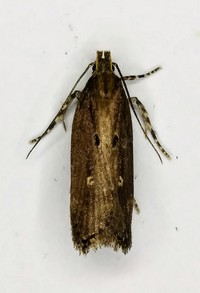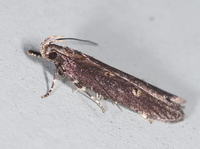
| Recorded by: Dean Furbish on 2025-10-20
Pender Co.
Comment: | 
| Recorded by: Dean Furbish on 2025-10-20
Pender Co.
Comment: |

| Recorded by: Dean Furbish and Joy Wiggins on 2025-09-20
Wake Co.
Comment: | 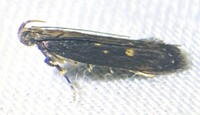
| Recorded by: Dean Furbish and Joy Wiggins on 2025-09-11
Wake Co.
Comment: |
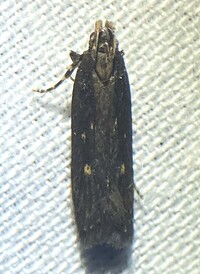
| Recorded by: Dean Furbish and Joy Wiggins on 2025-09-11
Wake Co.
Comment: | 
| Recorded by: Jeff Niznik on 2025-03-12
Orange Co.
Comment: |
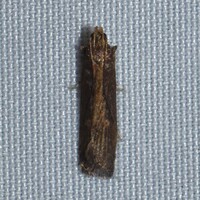
| Recorded by: Jeff Niznik on 2024-11-18
Orange Co.
Comment: | 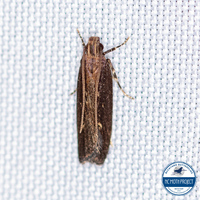
| Recorded by: Lior S. Carlson, Dean Furbish on 2024-09-18
Wake Co.
Comment: |
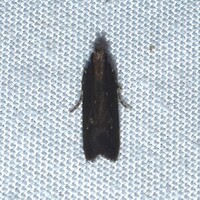
| Recorded by: Jeff Niznik on 2024-07-24
Orange Co.
Comment: | 
| Recorded by: Jeff Niznik on 2024-07-21
Orange Co.
Comment: |
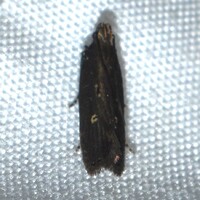
| Recorded by: Jeff Niznik on 2024-06-26
Orange Co.
Comment: | 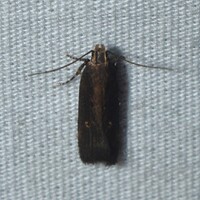
| Recorded by: David George, Stephen Dunn, Jeff Niznik, Patrick Coin on 2024-06-22
Chatham Co.
Comment: |
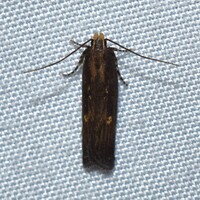
| Recorded by: Stephen Dunn, Jeff Niznik, David George on 2024-03-31
Orange Co.
Comment: | 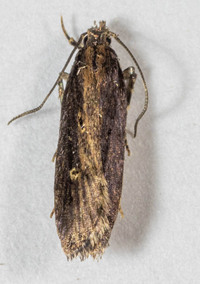
| Recorded by: Stephen Hall on 2023-11-10
Orange Co.
Comment: |

| Recorded by: Stephen Hall on 2023-11-10
Orange Co.
Comment: | 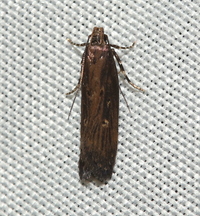
| Recorded by: David George, Stephen Dunn, Jeff Niznik, Larry Chen on 2023-10-28
Orange Co.
Comment: |
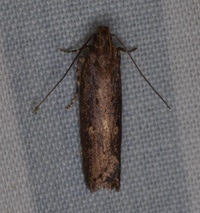
| Recorded by: Stephen Dunn on 2023-10-27
Orange Co.
Comment: | 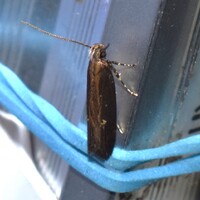
| Recorded by: Jeff Niznik on 2023-10-13
Durham Co.
Comment: |
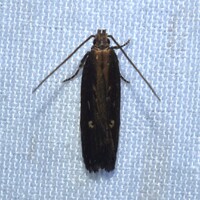
| Recorded by: David George, Stephen Dunn, Jeff Niznik on 2023-10-06
Orange Co.
Comment: | 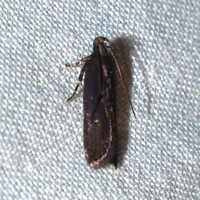
| Recorded by: David George, Jeff Niznik on 2023-09-04
Orange Co.
Comment: |

| Recorded by: David George on 2023-08-25
Orange Co.
Comment: | 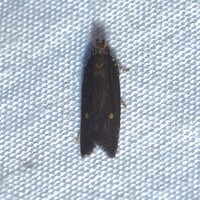
| Recorded by: Jeff Niznik on 2023-07-16
Durham Co.
Comment: |
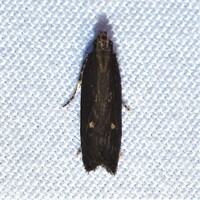
| Recorded by: David George, Stephen Dunn, Jeff Niznik on 2023-06-25
Orange Co.
Comment: | 
| Recorded by: David George, Jeff Niznik on 2023-04-20
Durham Co.
Comment: |
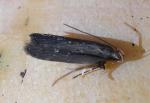
| Recorded by: R. Newman on 2022-11-28
Carteret Co.
Comment: | 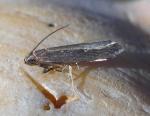
| Recorded by: R. Newman on 2022-11-28
Carteret Co.
Comment: |
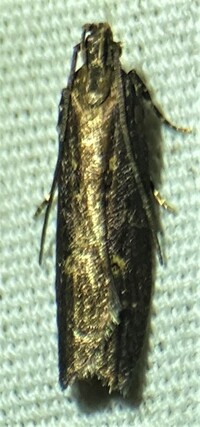
| Recorded by: Dean Furbish on 2022-11-07
Wake Co.
Comment: | 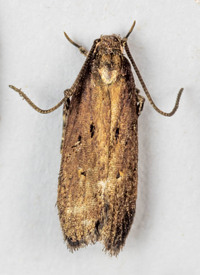
| Recorded by: Steve Hall on 2022-08-02
Durham Co.
Comment: |
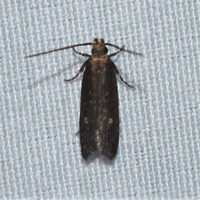
| Recorded by: Jeff Niznik on 2022-07-24
Chatham Co.
Comment: | 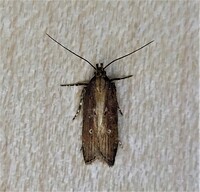
| Recorded by: Gary Maness on 2022-07-12
Guilford Co.
Comment: |
|

 »
»